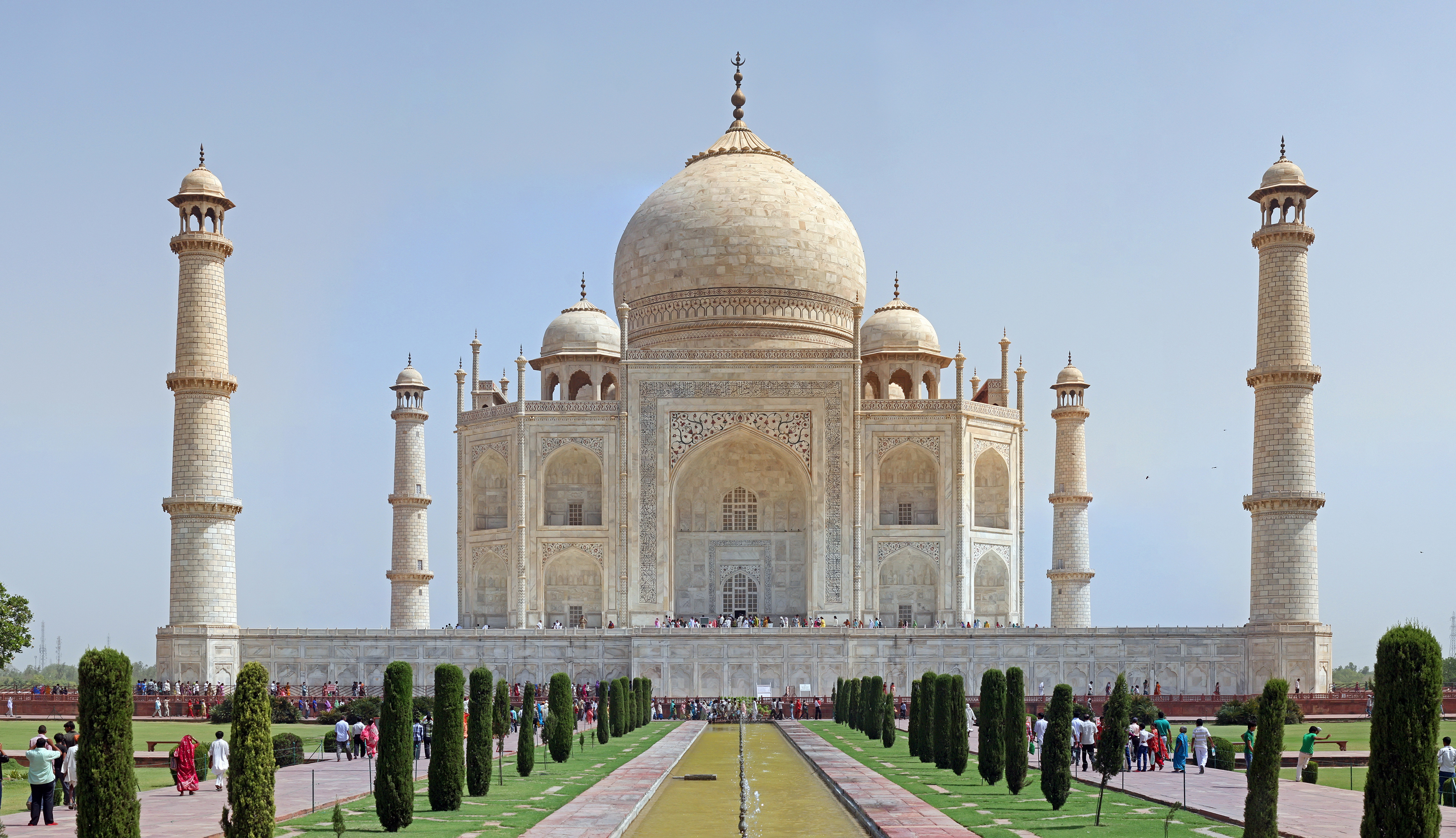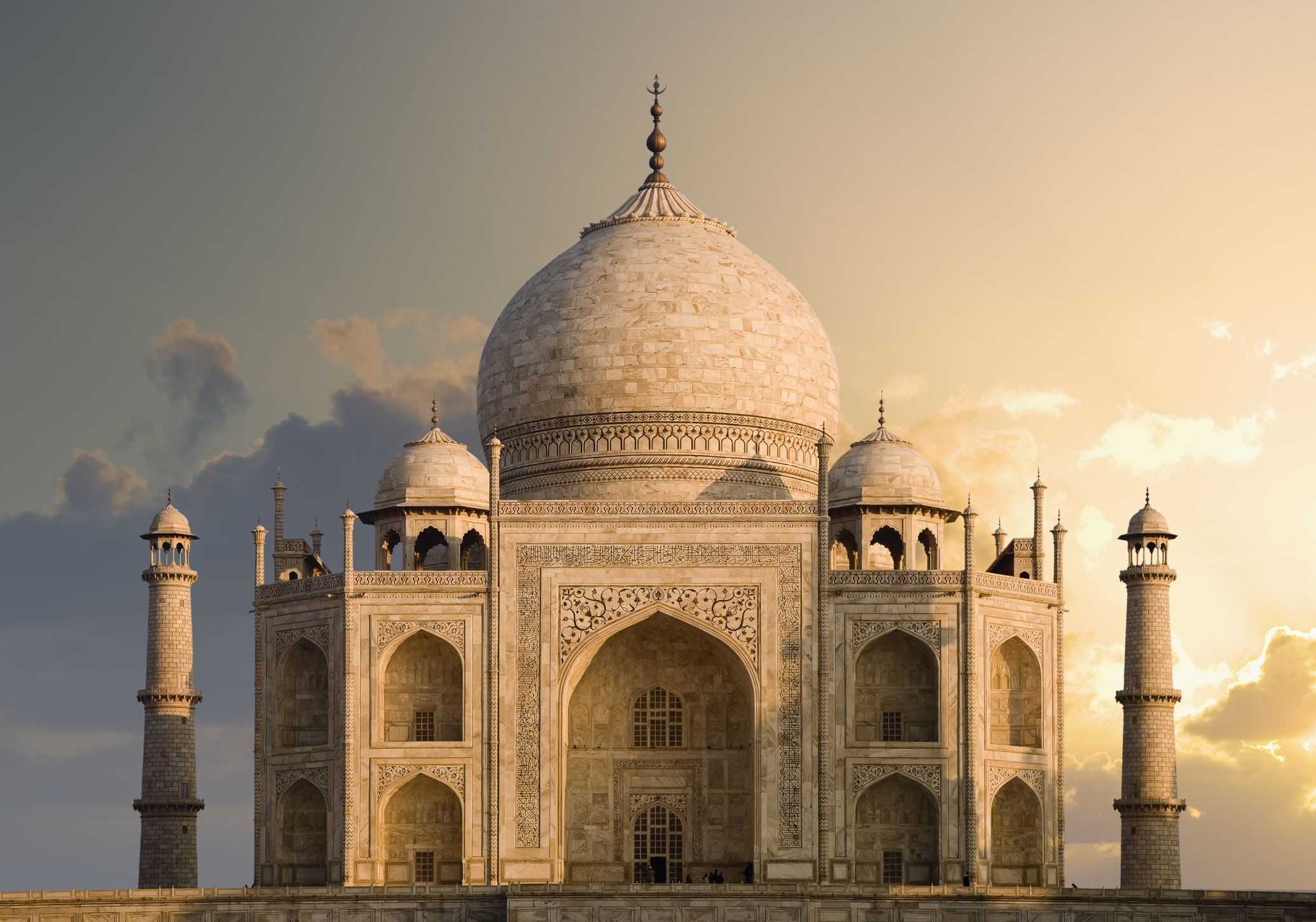The New Seven Wonders of the World: Taj Mahal (India)
Taj Mahal: Jewel of India's Heritage and Love Eternal

Introduction
Nestled on the banks of the Yamuna River in Agra, India, the Taj Mahal stands as a timeless testament to love, beauty, and architectural brilliance. Widely regarded as one of the most exquisite monuments ever built, this iconic mausoleum has captured the hearts and imaginations of people around the world for centuries. In this comprehensive exploration, we delve into the rich history, architectural splendour, cultural significance, and enduring legacy of the Taj Mahal.
Historical Context
Commissioned by the Mughal emperor Shah Jahan in memory of his beloved wife Mumtaz Mahal, the Taj Mahal was built between 1631 and 1653 AD. It represents the pinnacle of Mughal architecture, blending elements of Persian, Islamic, and Indian styles to create a masterpiece of unparalleled beauty and grandeur. The construction of the Taj Mahal was a labour of love and devotion, with artisans and craftsmen from across the empire contributing their skills to realize Shah Jahan's vision of eternal love.
Architectural Marvel
The Taj Mahal's architectural design is characterized by its symmetrical layout, white marble façade, and intricate decorative elements. The central feature is the mausoleum, with its iconic dome and minarets rising gracefully above the surrounding gardens. The mausoleum is flanked by a mosque and a guest pavilion, both constructed of red sandstone and adorned with delicate marble inlay work known as pietra dura.
Symbol of Eternal Love
The Taj Mahal is more than just a monument; it is a symbol of undying love and devotion. According to legend, Shah Jahan was inconsolable after the death of Mumtaz Mahal during childbirth and vowed to build her the most magnificent mausoleum ever seen. The Taj Mahal thus serves as a timeless tribute to their enduring love story, immortalized in stone for eternity.
Cultural and Spiritual Significance
Beyond its romantic associations, the Taj Mahal holds deep cultural and spiritual significance for the people of India and beyond. It is revered as a symbol of harmony, tolerance, and beauty, reflecting the rich cultural heritage and artistic achievements of the Mughal Empire. The Taj Mahal also serves as a place of pilgrimage and prayer, attracting millions of visitors each year to marvel at its exquisite beauty and contemplate the mysteries of love and mortality.
Conservation and Preservation
In recent years, efforts have been made to preserve and protect the Taj Mahal from the effects of pollution, environmental degradation, and wear and tear. Conservation projects, including cleaning, restoration, and landscaping initiatives, aim to ensure that future generations can continue to appreciate and admire this architectural masterpiece in all its glory.
Conclusion
The Taj Mahal stands as a timeless symbol of love, beauty, and cultural heritage. As we gaze upon its majestic silhouette and marvel at its intricate details, we are transported to a realm of timeless romance and artistic splendour. The Taj Mahal's enduring legacy serves as a reminder of the power of love to transcend time and space, inspiring awe and admiration for generations to come.
Citations
- ^ "Taj Mahal". UNESCO Culture World Heritage Centre, World Heritage List. UNESCO. Archived from the original on 27 August 2016. Retrieved 10 September 2016.
- ^ DuTemple 2003, p. 32.
- ^ Jump up to:
- a b "Archived copy" (PDF). Archived (PDF) from the original on 21 January 2024. Retrieved 15 March 2024.
- ^ Jump up to:
- a b Dehkhoda, Ali Akbar. Dehkhoda Dictionary (online version) (in Persian). Tehran: Dehkhoda Lexicon Institute & International Center for Persian Studies (University of Tehran). Archived from the original on 15 June 2023. Retrieved 16 April 2022.
- ^ Wells 1990, p. 704.
- ^ Ahmed 1998, p. 94.
- ^ World Architecture and Society: From Stonehenge to One World Trade Center (Bloomsbury, 2021) p.658







































